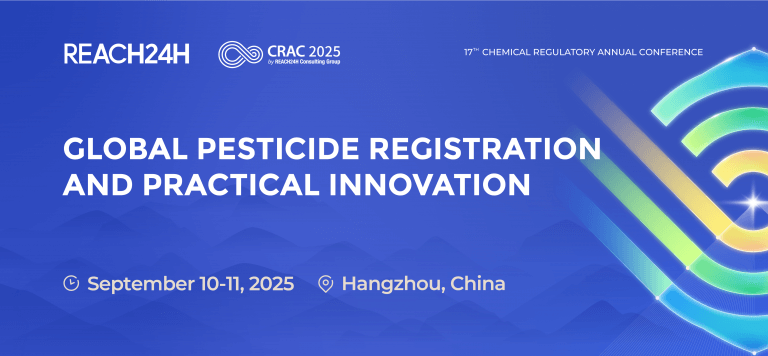Table 1 in situ active substance/precursor-combination open for notification
|
No. |
Former identity in the Review Programme |
Redefined identity (in situ active substance generated from precursor) |
Product Types (open for notification) |
|
1 |
[939] Active Chlorine: manufactured by the reaction of hypochlorous acid and sodium hypochlorite produced in situ |
Active chlorine generated from sodium chloride by electrolysis |
2,3,4,5,11,12 |
|
2 |
[424] Sodium bromide |
Active bromine generated from sodium bromide and sodium hypochlorite |
2,3,4,5,11,12 |
|
Active bromine generated from sodium bromide and calcium hypochlorite |
|||
|
Active bromine generated from sodium bromide and chlorine |
|||
|
Active bromine generated from sodium bromide by electrolysis |
|||
|
3 |
[529] Bromine chloride |
Active bromine generated from bromine chloride |
11 |
|
4 |
[458] Ammonium sulphate |
Monochloramine generated from ammonium sulphate and a chlorine source |
11,12 |
|
5 |
[515] Ammonium bromide |
Bromide activated chloramine (BAC) generated from precursors ammonium bromide and sodium hypochlorite |
11,12 |
|
6 |
[491] Chlorine dioxide |
Chlorine dioxide generated from sodium chlorite by electrolysis |
2,3,4,5,11,12 |
|
Chlorine dioxide generated from sodium chlorite by acidification |
|||
|
Chlorine dioxide generated from sodium chlorite by oxidation |
|||
|
Chlorine dioxide generated from sodium chlorate and hydrogen peroxide in the presence of a strong acid |
|||
|
7 |
[792] Tetrachlorodecaoxide complex (TCDO) |
Chlorine dioxide generated from Tetrachlorodecaoxide complex (TCDO) by acidification |
1,2,4 |
|
8 |
[439] Hydrogen peroxide |
n/a: only the water solution is supported in the review programme |
1,2,3,4,5,6,11,12 |
|
9 |
[70] Peracetic acid |
Peracetic acid generated from tetraacetylethylenediamine (TAED) and sodium percarbonate |
1,2,3,4,5,6,11,12 |
|
10 |
[37] Formic acid |
Performic acid generated from formic acid and hydrogen peroxide |
2,3,4,5,6,11,12 |
|
11 |
[136] Glutarol (Glutaraldehyde) |
n/a: Glutarol (Glutaraldehyde) is supported itself as an active substance |
1,2,3,4,6,11,12 |
|
12 |
[179] Carbon dioxide |
Carbon dioxide generated from propane, butane or a mixture of both by combustion |
19 |
|
13 |
[405] Sulphur dioxide |
Sulphur dioxide generated from sulphur by combustion |
4 |
|
14 |
[693] Pentapotassium bis(peroxymonosulphate)bis (sulphate) (KPMS) |
n/a: KPMS is supported itself as an active substance in the review programme |
|
|
15 |
[813] Peroxyoctanoic acid |
Peroxyoctanoic acid generated from octanoic acid and hydrogen peroxide |
2,3,4 |
|
16 |
[453] Disodium peroxodisuplhate/ sodium persulphate |
n/a: Disodium peroxodisuplhate/ sodium persulphate is supported itself as an active substance in the review programme |
4 |
|
17 |
Other active substances supported in the Review Programme if also generated in situ from precursor system(s) |
Reach 24H has rich experience in deal with EU BPR/USA EPA and can make custom-made compliance service for enterprises. If you have further questions, please consult 0571-8700 6630.
What is the 'in situ generated' Biocidal active substances?'In situ generated' Biocidal active substances are generated from one or more substances (called 'precursors') at the place of use. For example, active chlorine, which is used as a disinfectant of water or a cleaning product, can be generated by electrolysis from either sodium chloride or from potassium chloride.





